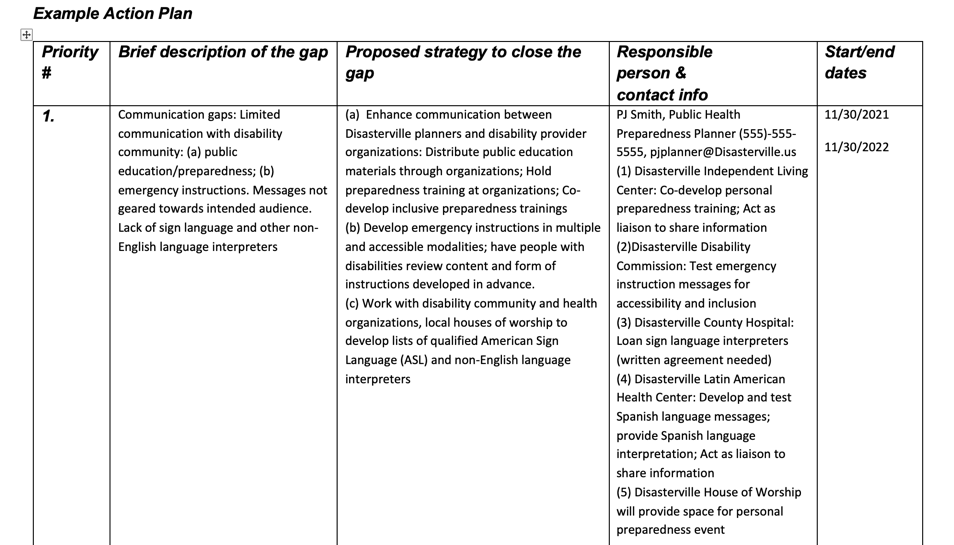Join An Active Planning Meeting Now in Progress _review
?⌛Six weeks later…
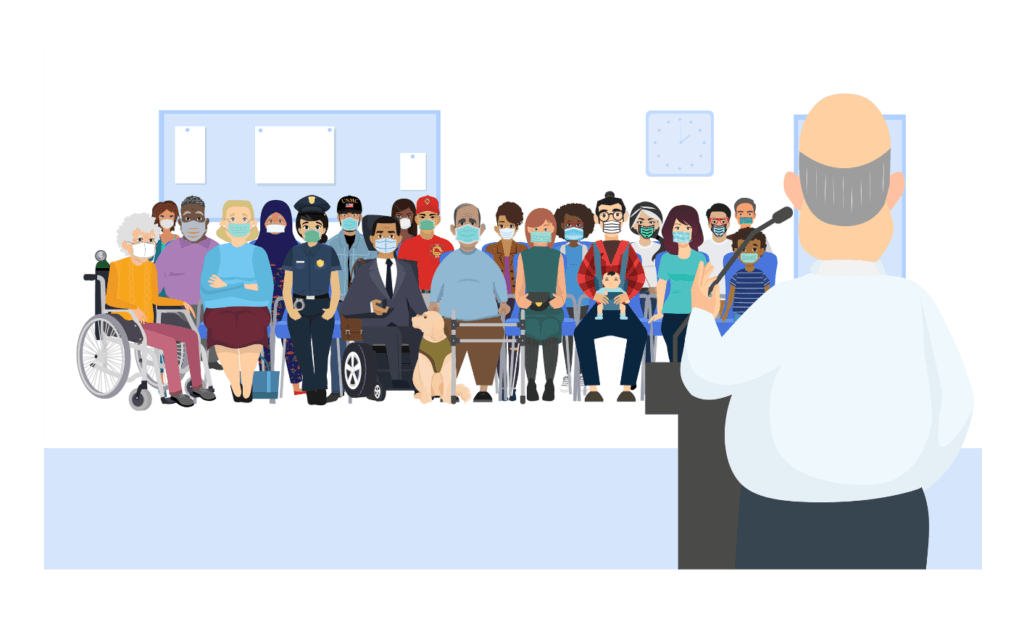
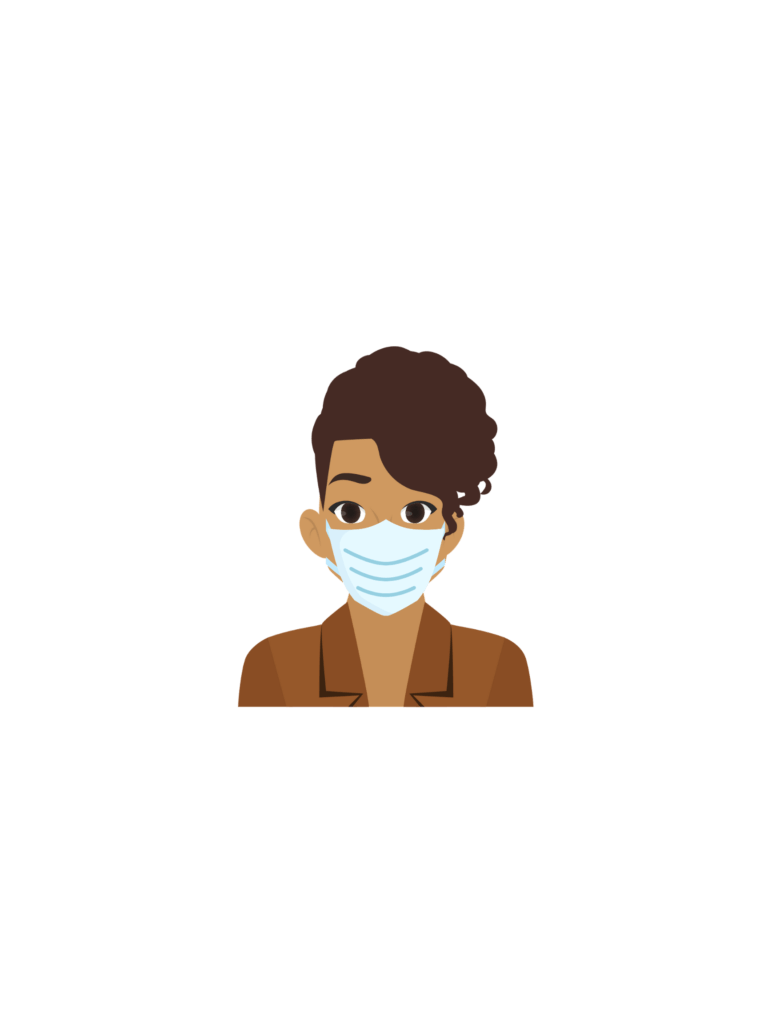
Carrie: Hey, Terrye. Glad you could stop by for part of our Community Stakeholder Meeting. You missed my intro, the Action Team’s intro, and the meeting scope. Remember, these parts of the meeting are in the Active Planning Workbook, the guide we use to run Active Planning Meetings? Then we heard a summary of the local emergency plan, that’s the next step of the meeting.
Then we heard a summary of the local emergency plan. We identified strengths and gaps before you came. Now we’re talking about them. EM is leading this part of the meeting.
Next we used the first Workbook tool, the needs assessment/gap analysis checklist to identify strengths and gaps. Now we’re talking about the strengths and gaps we found in our local plan. After that, then we’ll use the Workbook to count the number of gaps. Then we’ll set priorities and decide what gap to close first.
EM is leading this part of the meeting.
What follows are from discussions based on real life Community Stakeholder Meetings.
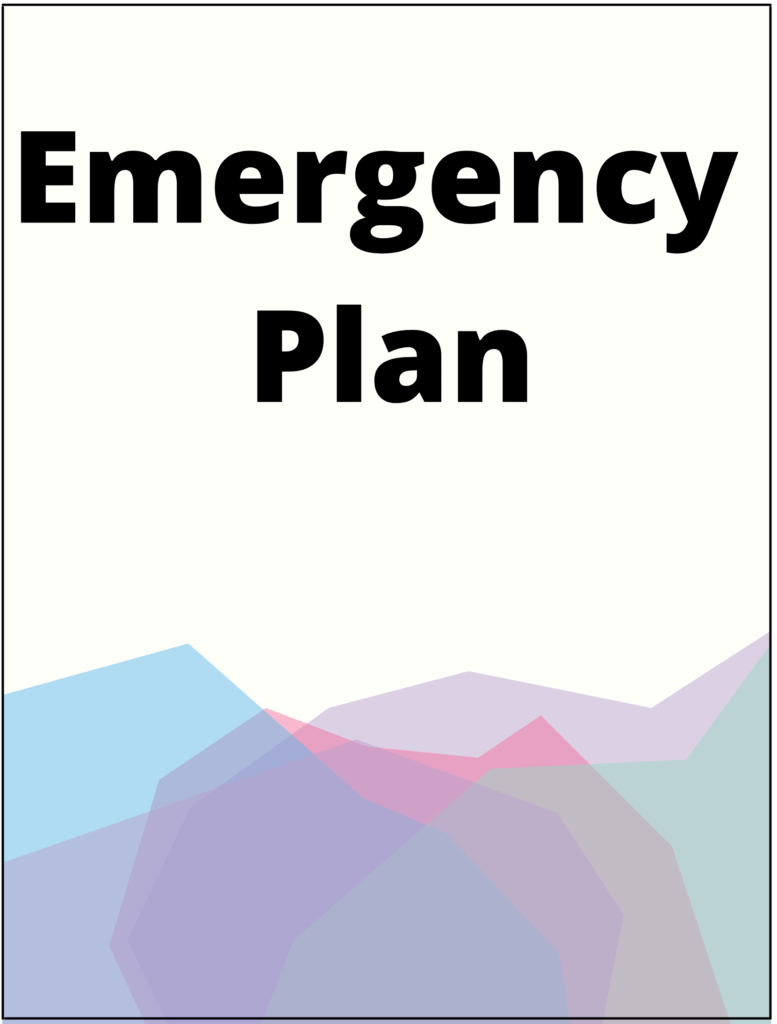
Scope of the Local Emergency Plan
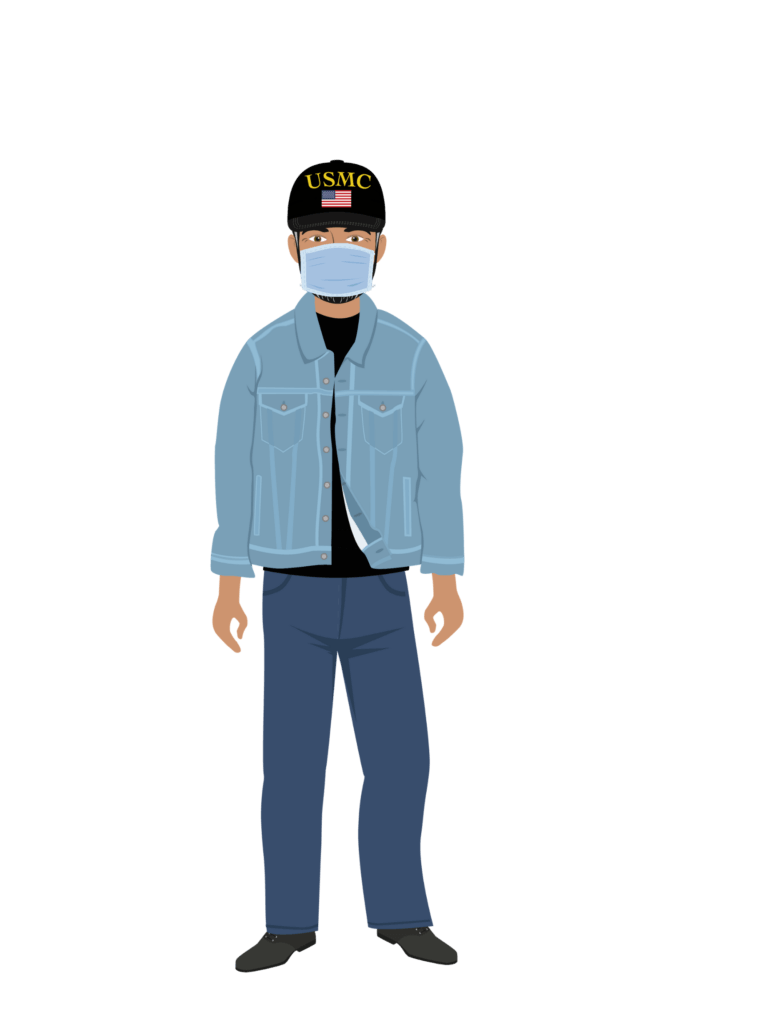
Rafe: Hmm…about that emergency plan summary we just heard. The scope seems narrow. It only takes residents into account. What about people who work or shop here? What about visitors to Disasterville Amusement Park?
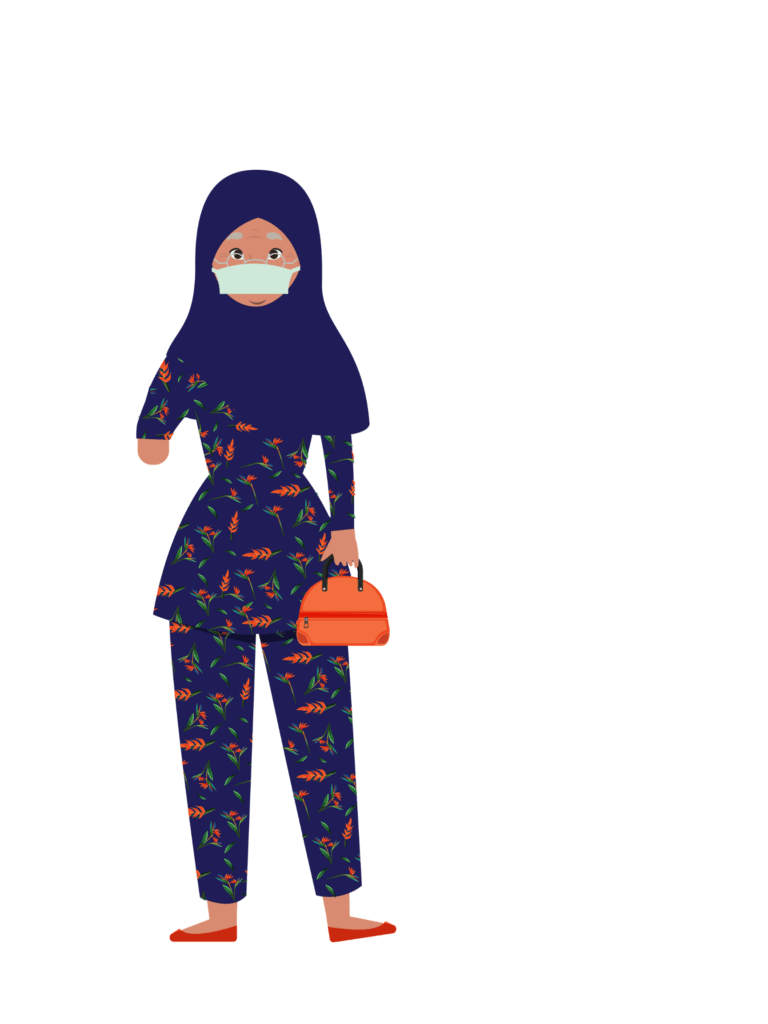
Maryam: You know, people with disabilities aren’t just residents either. They might be working here, shopping at the mall, at the amusement park or visiting the library. Kids with disabilities from outside the county go to Disasterville’s public schools’ inclusive after school programs.
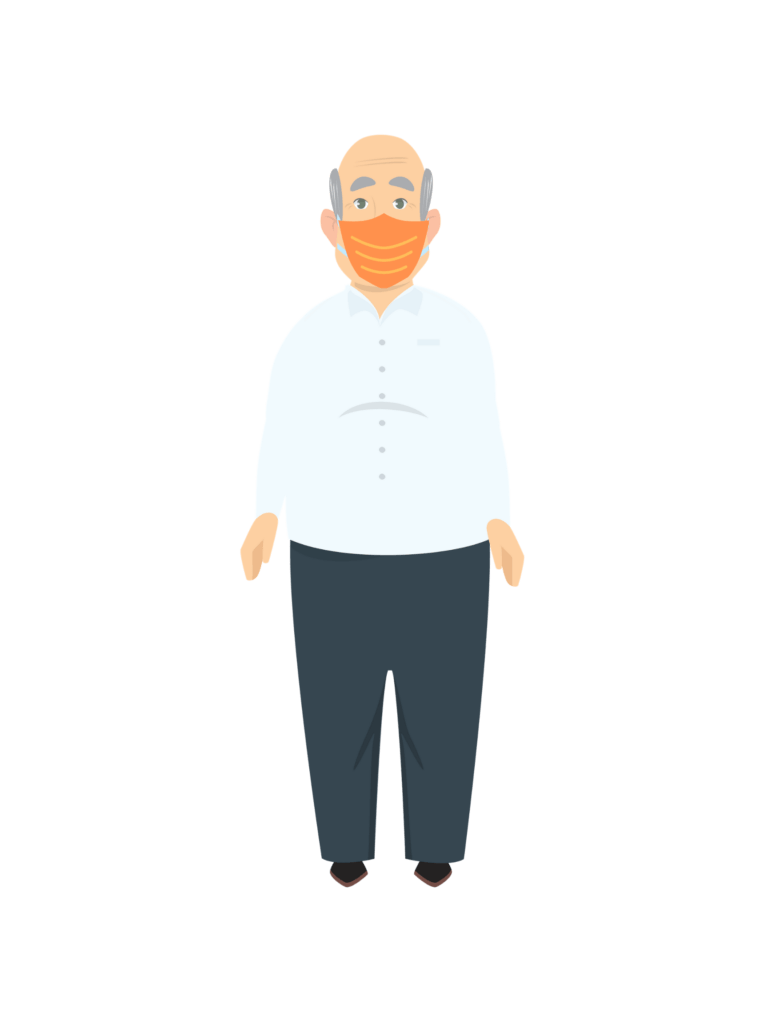
EM: Got it. The plan needs to accommodate people besides residents. The plan needs to assume that there will be people with and without disabilities in any place, at any time, who might be impacted when disaster strikes.

Disability Community Needs
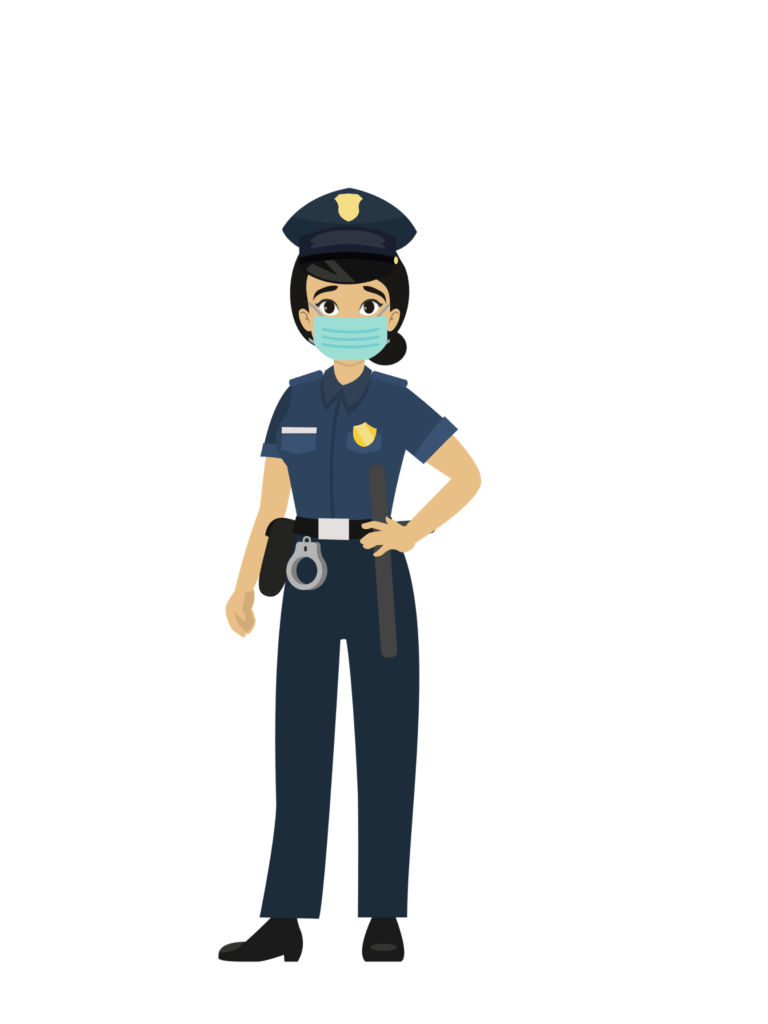
Elisa: Here’s what I want to know. How do we get a better feel for disability community needs? Do we even know how many people with disabilities live here?
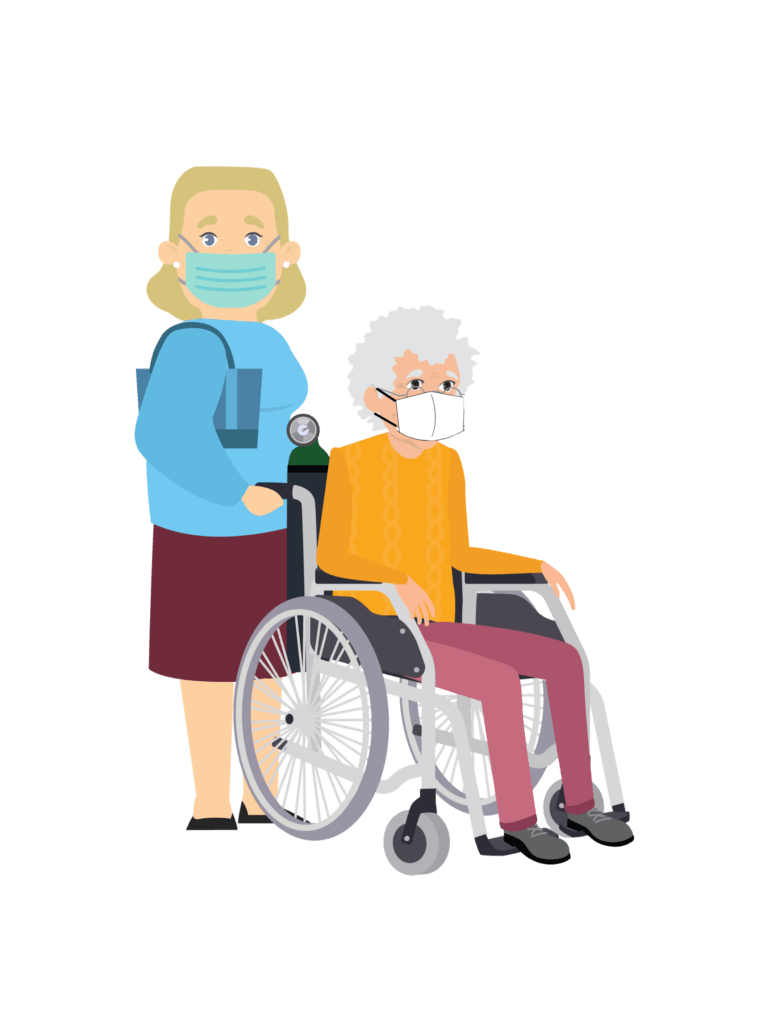
Jane: I’m with the local Council on Aging. We keep a list of program participants. And the public housing agency has a list of residents in accessible units. There may be a way to remove names and other private info from these lists and share only the numbers (aggregate data) without names and other personally identifiable information. That would be helpful for planning purposes.
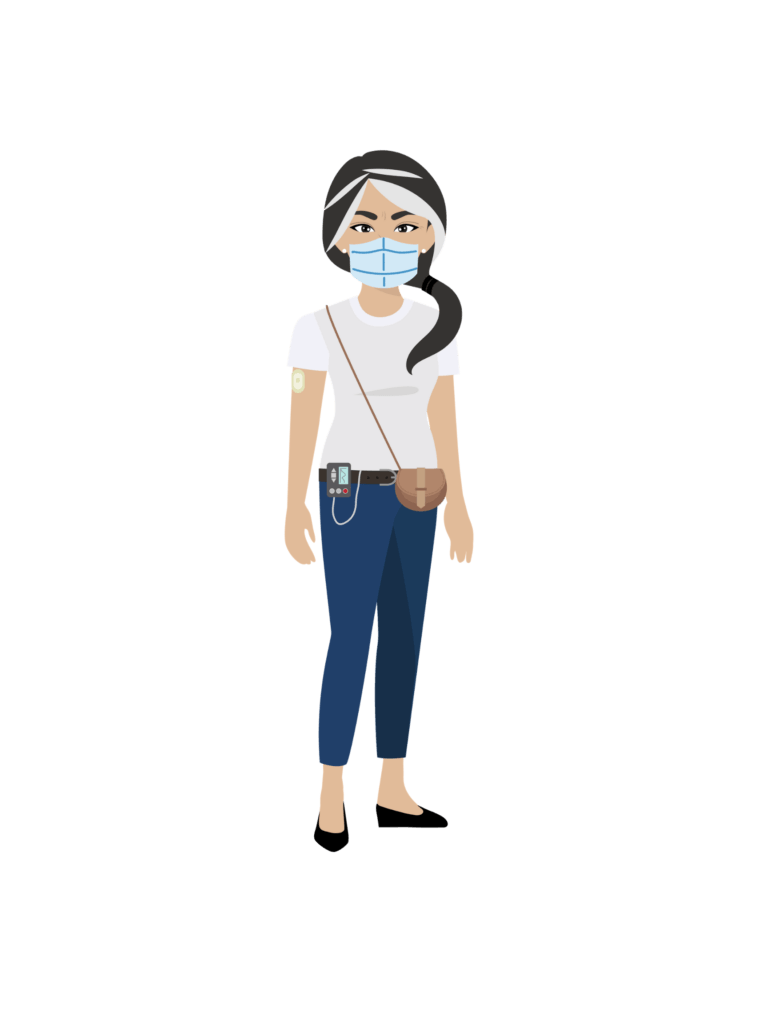
Rachel: I’m a researcher from Disasterville University. You know, the U.S. Census (American Community Survey) has data on the functional needs of people with disabilities in counties. You can get it online for free. One of my students could get you the data for Disasterville.

Jane: Just remember that these data on who lives here, or demographics, won’t tell the whole story. But this is a beginning to get some idea of numbers. You also should connect with disability organizations. They can tell you generally about what people with disabilities who participate in their programs often need. They can likely do this without personally identifiable information to keep everyone’s information private and safe.
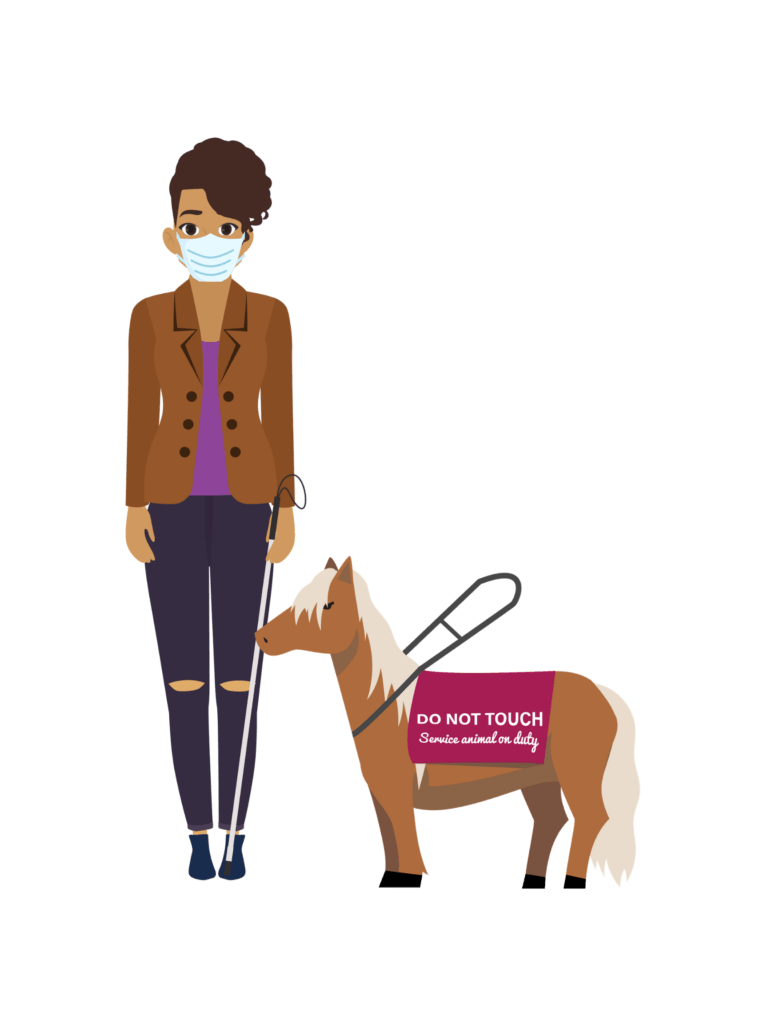
Carrie: Great! We can use multiple data sources in addition to connecting with disability provider agencies to learn about the people they serve. This all paints a sharper picture of local needs. We’ll remember that a sharper picture won’t be the whole picture. It’s impossible to know the exact number of people with disabilities in a community, and it wouldn’t even be worth trying to find out.

Disaster Resources
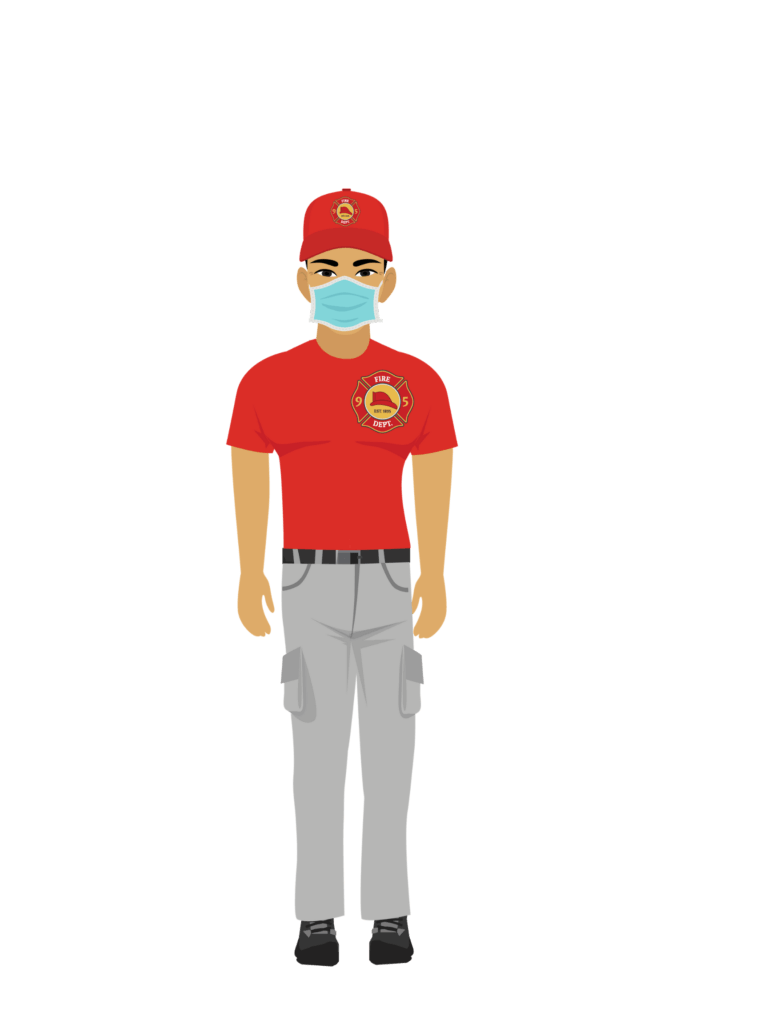
Barrett: These checklists are intense. Are we REALLY going to have to buy expensive equipment like Hoyer lifts (used by some people with physical disabilities to move off and on toilets or in and out of bathtubs) for our local emergency shelter? What about the budget?
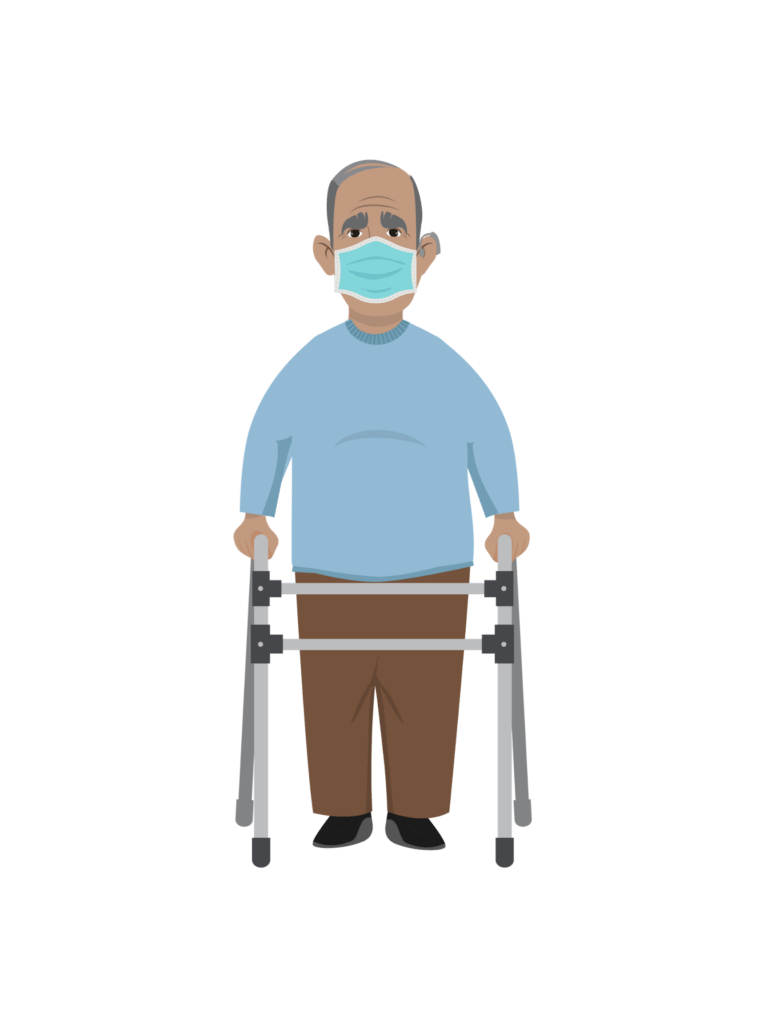
Reuben: I’m the special education administrator at Disasterville High. Why can’t you just borrow our Hoyer lift during an emergency? School’s likely to be closed anyway. We could bring it to you since the shelter is down the road.
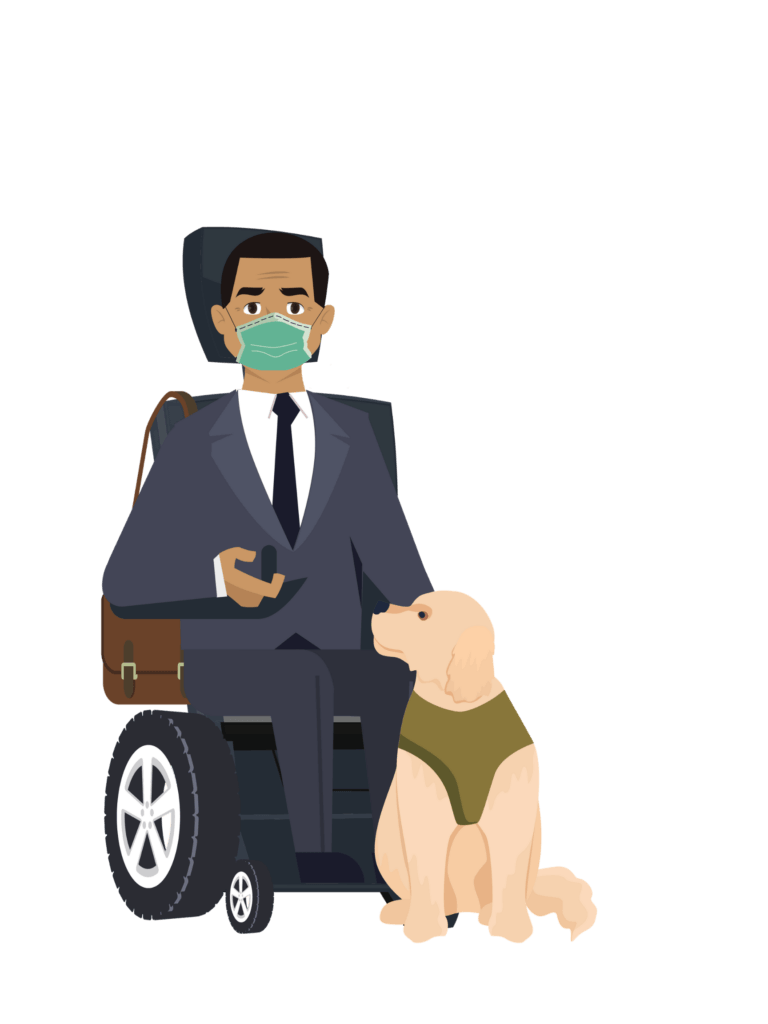
César: It’s not about buying all this stuff in advance. It’s about knowing how to get resources fast. You’ll need to know if you will borrow, trade, or purchase needed items. It’s about sharing community resources like expertise, materials, or equipment.

Disaster Resources

Reuben: As long as we’re talking resources, why can’t we ask the library to borrow the CCTV low vision magnifier so people with low vision could use it to read or complete registration forms at the COVID-19 test center?
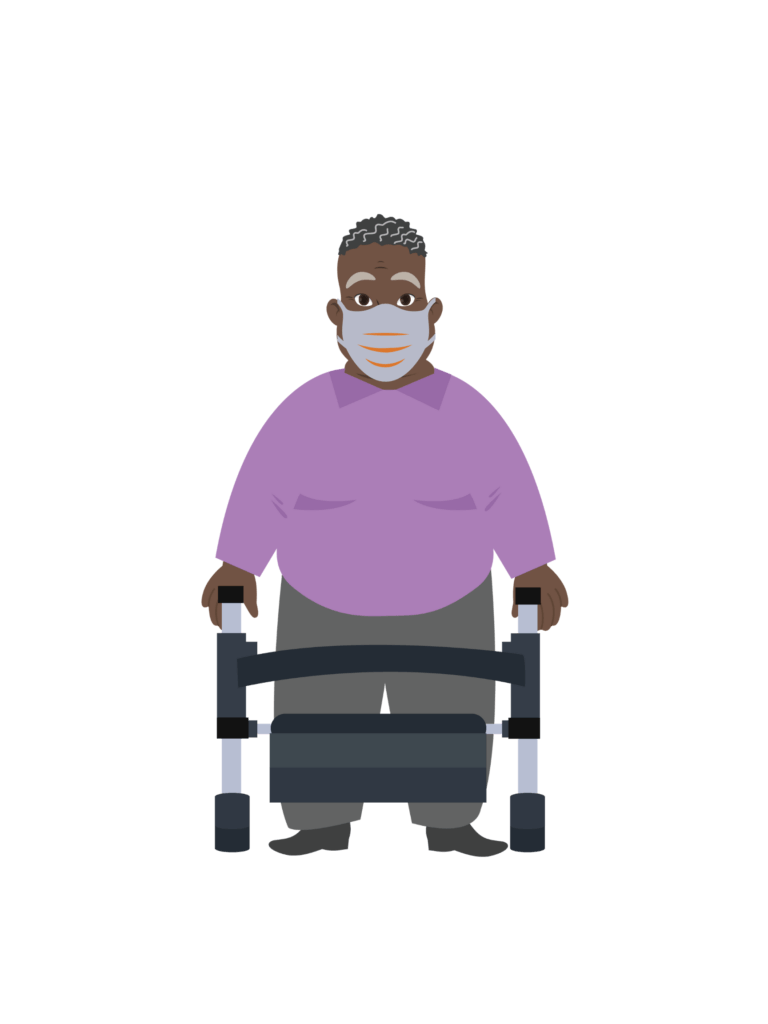
Allen: Well, that’s great for the magnifier. But what if we need information in Braille?

Jane: The Council on Aging has a resource for you. We’ll be happy to share.

Disaster Resources
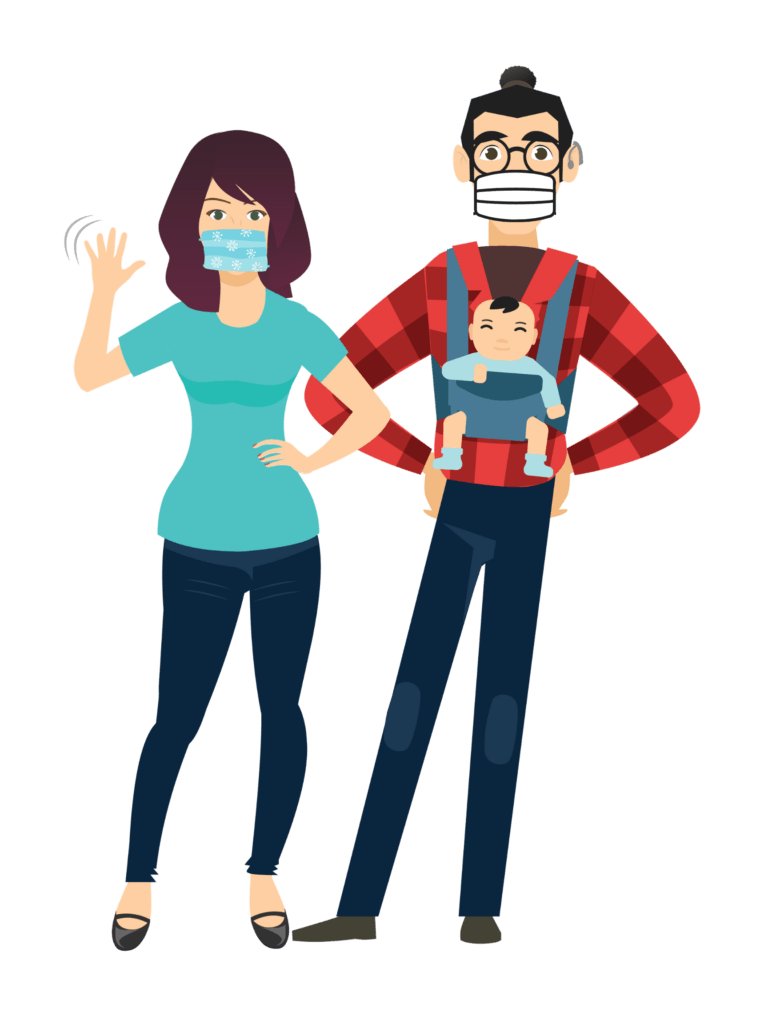
Franny [Signing]: I’m from Disasterville General Hospital. You mentioned needing non-English and sign language interpreters. We can share with the County during an emergency. Let’s develop a Memorandum of Understanding (MOU) to spell things out.
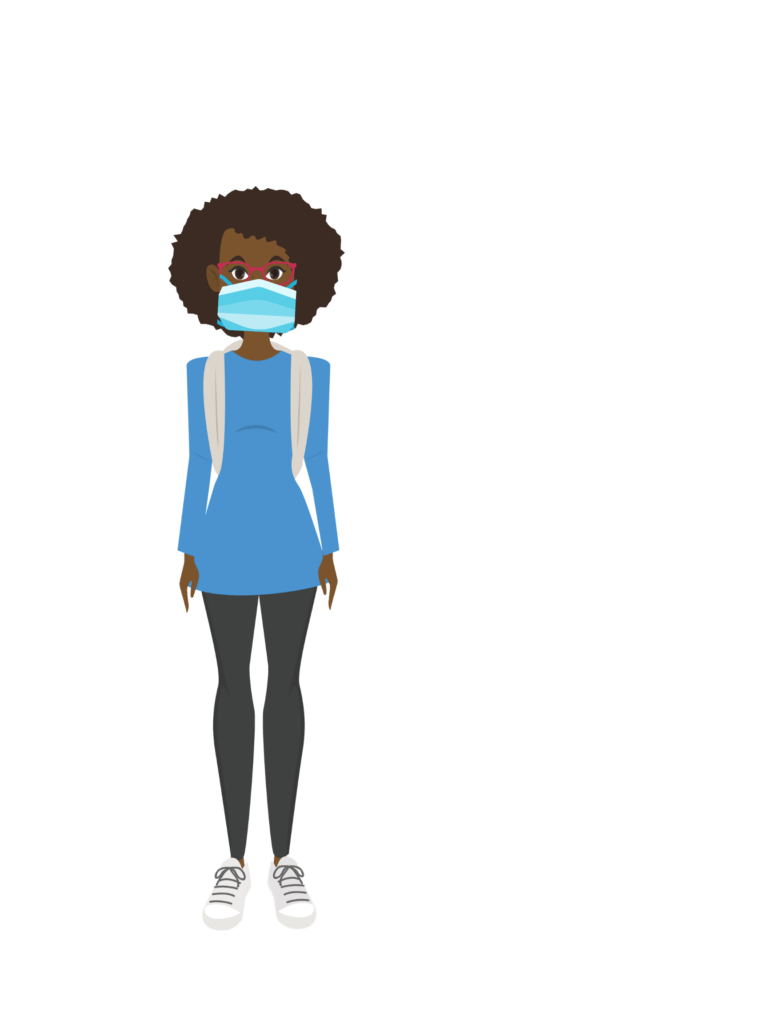
Sondra: Do we have contact with local businesses? Remember last winter when we had that terrible ice storm and everyone lost power? You know Disasterville Fish & Chips on Lowell St. that everyone loves? Freddy, the owner, was about to lose his inventory so he brought it all down to the emergency shelter and we had the biggest, best fish fry ever.

César: I’m on the Disasterville Business Council. At our next meeting, we can discuss how the business community could partner with the County to address disasters and emergencies, including COVID-19.

Inclusive Disaster Drills and Exercises
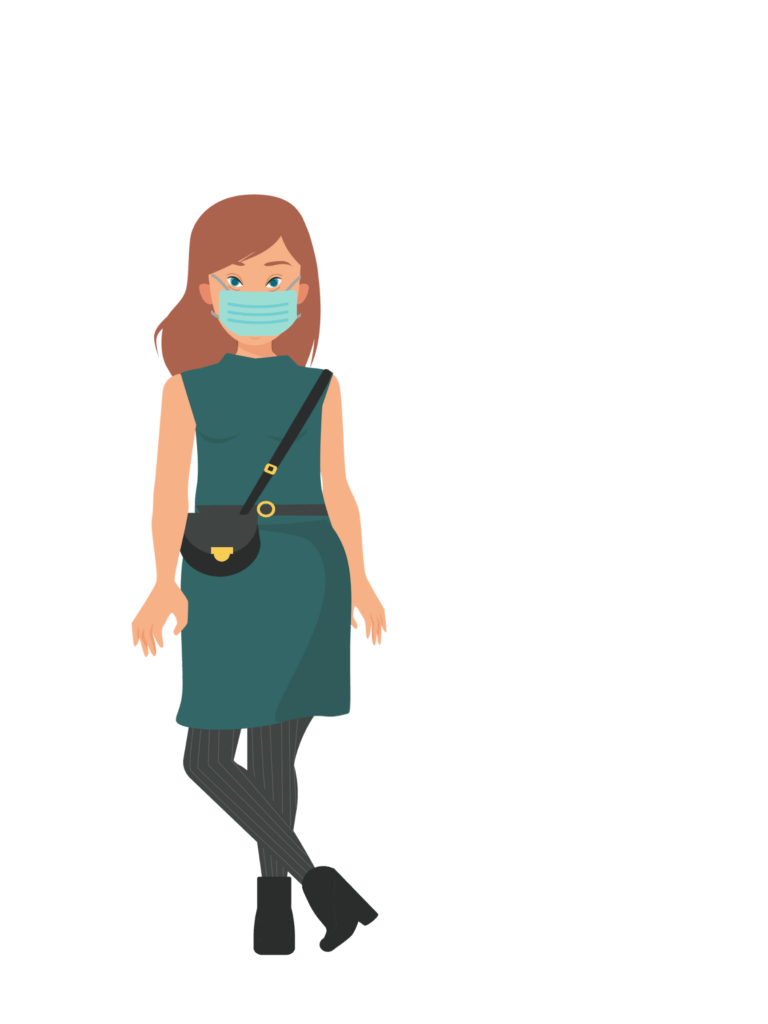
Lynn: I’m a community member. Can I be in a drill?

Carrie: Sure you can. I was at a hospital HazMat decontamination drill. People with and without disabilities played “volunteer disaster survivors.”
A “volunteer disaster survivor” with an intellectual disability had trouble understanding the instructions. By having a real person to practice with, the responders and hospital staff realized that they needed to give directions in multiple ways. You don’t get real reactions from the inflatable dummies they used to use for drills.
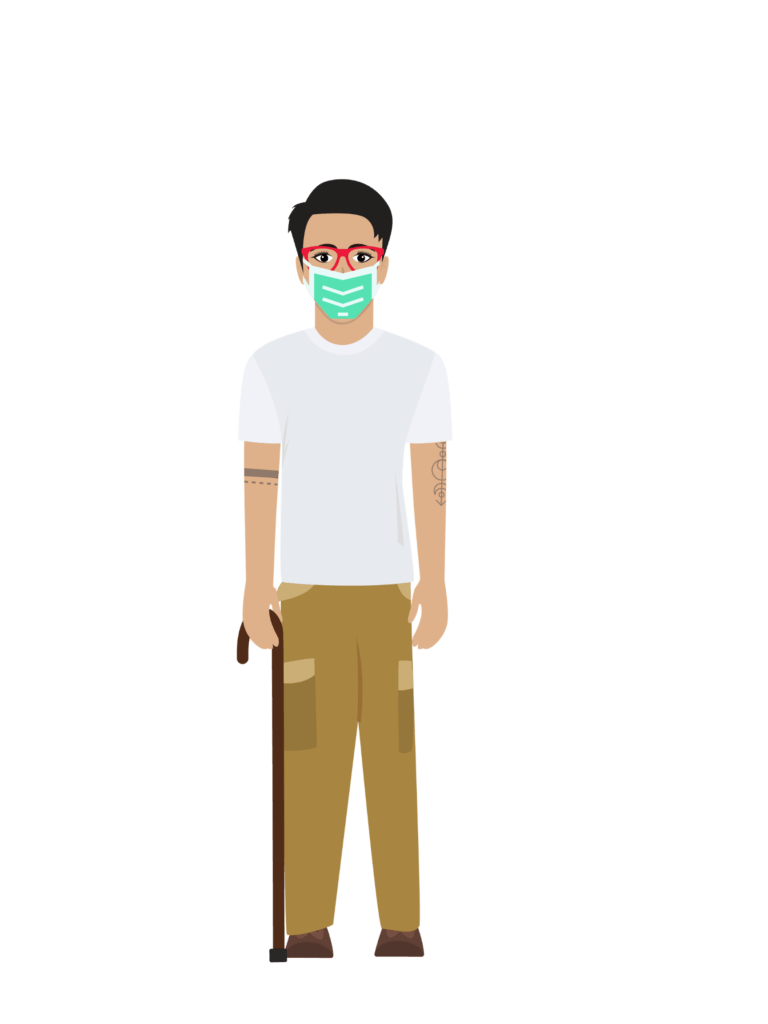
PJ: Great idea, Lynn! Having volunteer survivors would give responders a better idea of who’s in the community, what their needs are, increase disability awareness, and it might even highlight gaps in the local plan.

EM: I’d like to thank you all for the great discussion so far. While our recorder tallies our checkmarks and blank spaces using Tool 2 to set priorities, I’ll recap.
We found a number of areas for improvement:
– Broadening the emergency plan scope
– Understanding disability community needs
– Getting resources
– Drills
We thought of some quick fixes and fairly easy next steps to handle these issues.

PJ: Communication always emerges as a big issue. There were lots of blank spaces in the checklist about communication. Please add it to the list.
We talked about:
– A need to increase communication between Disasterville emergency management, public health planners, and the disability community
– A need for better public education for the disability community
– Better, more actionable, and accessible emergency instructions for the public
– A need for American Sign Language and other non-English language interpreters. Thanks to Disasterville General Hospital we made some progress on that one.
After discussion and a vote, Mina recorded our Action Plan. Mina, would you please project Priority 1 onto the screen?

EM: The rest of the Action Plan is now complete. Before we close, I want to thank my colleagues from Disasterville County government. I want to thank the Prepared4ALL Action Team and other residents for their hard work today.
We’ll send out the notes from this meeting.
Then we’ll send reminders of action items and timelines. We’ll also keep tabs on progress and report back to the group.
?Pause a minute, Terrye. Think about the Community Stakeholder Meeting up to this point. What do you notice about the meeting so far? Is anything missing?
Terrye’s Response
The conversations are taken from actual successful Community Stakeholder Meetings held in Massachusetts several years ago. Can you see how the meeting participants think about dealing with challenges? Can you see that there is back and forth to solve a problem and then someone sums up the problem and the solution?
Did you notice that they haven’t yet talked about COVID-19?

PJ: EM, you forgot something. We have to add a COVID-19 Vaccine Annex (attachment) to the Emergency Dispensing Site (EDS) Plan. I’d like to ask the Action Team and others a big question. What are some access and functional needs issues we should be thinking about?

Lynn: I want to know EVERYTHING that will happen when I get the shot.

PJ: That reminds me that we need plain language public information and easy-to-read and understand signage in the EDS.

Carrie: I’ll remind you about registration and consent formats in accessible formats. Maybe we also need the forms on computers for people who use screen reader software.
Oh, and the aisles in the space need to be wide enough to accommodate people with mobility equipment and service animals.

Maryam: I’m concerned about social distancing and masking at the EDS. People my age may get sick more easily.

PJ: I’ll work with the partners from the Disasterville Community Health Center to set up those protocols or guidelines to keep people safe.

Rafe: Like the young lady, I want to know each step of what’s going to happen. What about a flow chart or diagram with all of the steps in the process? And what if the noise, lights, and people make me anxious? Is there going to be a quiet area?

EM: We have someone in the office who knows how to make infographics, PJ. And we need a big enough space so there can be quiet areas. Hmm…maybe we should hold a drive-thru EDS. Or, maybe we should have indoor and outdoor EDS sites. We want to move people through quickly, don’t we PJ?

PJ: I think we’re going to need an indoor and outdoor EDS. I better check on personnel to give the vaccines. We may have to see if Medical Reserve Corps medical professionals and public school nurses are available to help.

Jane: What about vaccine hesitancy? You know, people who are afraid or worried and don’t want the vaccine?

Carrie: You raise an important issue. Some people are very concerned about the vaccine. People ask: “Is it safe?” “Can I trust the government?” “What aren’t they telling us?” I’d like to see if some experts on vaccine hesitancy could meet with us.

PJ: This is so helpful. Thanks, everyone. There’s so much to talk about with COVID that we should hold a separate COVID-19 vaccine distribution public meeting. As you all know, the vaccines will be coming soon. We’re providing the vaccines in phases. While we use our yearly flu clinics as practice for an EDS, this year we can use the Phase 1 vaccine group, health care workers, and first responders, as a drill as well. I’d like to talk about that at the COVID-19 vaccine meeting.
…And now, this meeting can finally be adjourned. Good night everyone. Thank you all.

